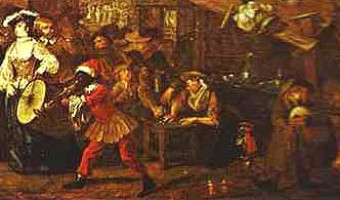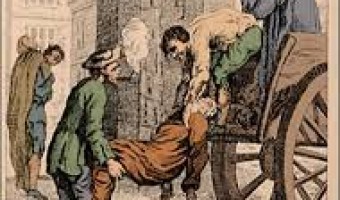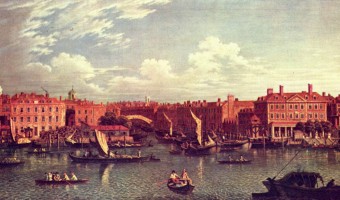Prisons and execution sites from the grim past
By the end of the 17th century the number of capital offences i.e. the crimes a perpetrator could be executed for ; exceeded 220. Being in the company of gypsies for more than a month, going out at night with a blackened face and damaging Westminster Bridge were all punishable by the death penalty. A simple hanging if you were a common criminal but if found guilty of treason beheading, drawing and quartering were punishments that fitted the crime. Whilst one awaited their fate in one of London many famous prisons – Marshalsea, Newgate or Gatehouse to name but a few - you were left for months or years to ponder your grim fate. London boasts numerous sites that can be visited today where many famous and infamous prisoners resided and where many others were led out to meet their final end at the end of the hangman’s rope at departure points like Tyburn (now Marble Arch) or Executioners Dock (Wapping).


A Crush of Prisons
Built on the site of the Old Bailey, Newgate prison had been London’s primary place of incarceration since the 12th century. It housed many famous prisoners including Jonathan Wilde (the thief taker), Daniel Defoe (Author of Robinson Crusoe) and Jack Sheppard (highwayman and escapologist). Burned down in the Fire of London it was rebuilt in 1672 and became a living hell for its inmates for years to come. Outbreaks of disease were common amounst the stench, misery and filth and ‘jail fever’ was wont to wipe out anyone how got in its way. It truly deserved Henry fielding’s apt description as a ‘prototype from hell’.
The Marshalsea (1373–1842) was a notorious prison in Southwark and housed a variety of prisoners, including men accused of crimes at sea and political figures charged with sedition, it became known, in particular, for its incarceration of the poorest of London's debtors including Charles Dickens own father. It was complemented by the Clink, King's Bench, Borough Compter and White Lion prisons – all in Southwark!
Down the road in nearby Blackfriars stood the equally unpleasant Fleet Prison (now the site of Blackfriars Railway), which was destroyed in the Peasants Revolt (1381), the Gordon Riots (1780) and the Great fire 1666 and happily demolished forever in 1842.
Bankside Institutions
Such was the demand for houses of correction that even royal palaces were converted as was the case with the palace of Bridewell on the Western Bank of the then Fleet River in the late 16th century. Floggings were held twice a week and a ducking stool and stocks had been installed by 1638. Bridewell became immortalized by William Hogarth in the ‘Harlots Progress’ as the destination for women who fell from grace.
But if visitors to London are really interested in especially severe establishments the aptly named Coldbath Fields Prison in Clerkenwell where inmates were allowed one visit and one letter every three months – this one is well worth investigating. It is estimated that about 10,000 petty, thieves and vagrants passed through its gates every year to be either hanged or returned to a life of relative drudgery.
The Tower of London
The daddy of all London’s ancient prisons has to be the Tower of London. This living monument is best known as a fearsome prison and torture chamber. It was first constructed in the wake of the Norman Conquest in 1066, and subsequently held some of the country’s most prominent inmates, including disgraced royals, would-be revolutionaries and even Nazi officers. Anne Boleyn, Sir Walter Raleigh, the ‘Princes in the Tower’, Lady Jane Grey and Guy Fawkes all succumbed here.
The Bitter End
With so many large prisons built and maintained over the centuries it follows that there should also be numerous places of execution for ‘off-site’ dispatching. Probably the most famous of these was Tyburn where stood the infamous fatal tree – a triangular construction each of three oak beams capable of hanging eight miscreants i.e. twenty four at a time should the need arise. Hanging days were invariably public holidays which grew into the Tyburn Fair. Thousands would congregate to watch as the condemned were taken – often dragged – to their place of execution. Balladeers would play their hastily penned songs commemorating the lives of the soon to be departed and the prisoners were allowed a few last words before the drop.
A mile downstream of the Tower was Execution Dock where condemned pirates met their fate. In contrast to being cut down swiftly a la Tyburn they were left on the gibbet until ‘three tides had washed over them. Further punished would often be meted out to the corpses which were then covered in tar and left on display as a warning to others. The notorious pirate Captain Kidd’s body was thus preserved here for the next 20 years but a nearby pub still keeps his name alive.
London has a rich tapestry of grisly history just below the surface that provides a fascinating glimpse of the value of human lives over the centuries. Although many of these sites have long since gone, enough of their trace elements remain to provide the visitor with a taste of the past.
 London's Criminal Past
London's Criminal Past


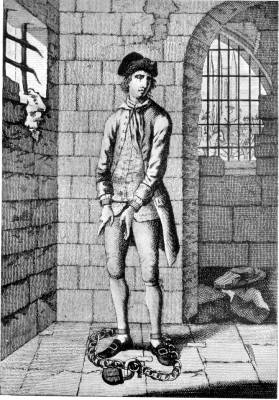
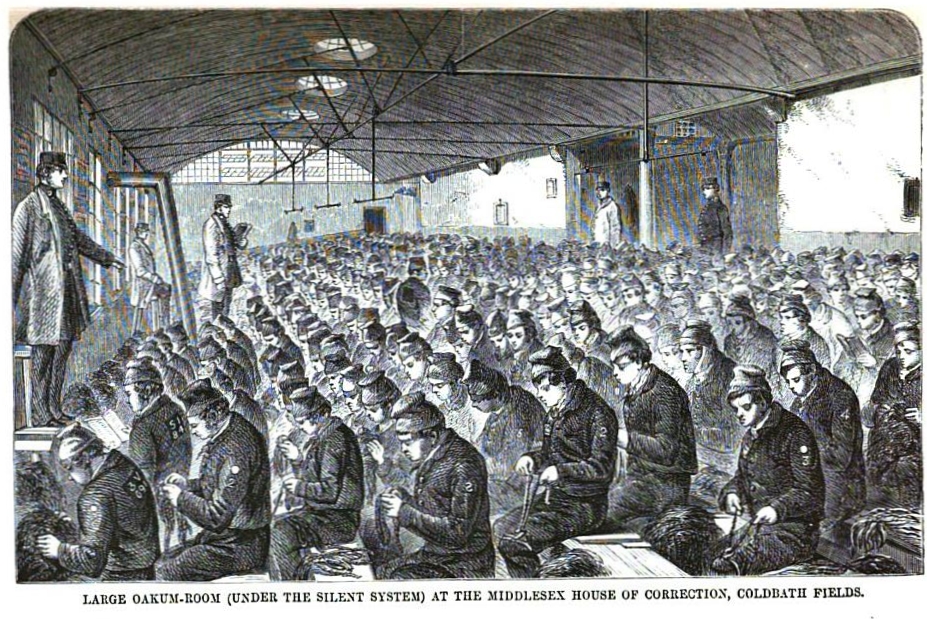
.jpg)
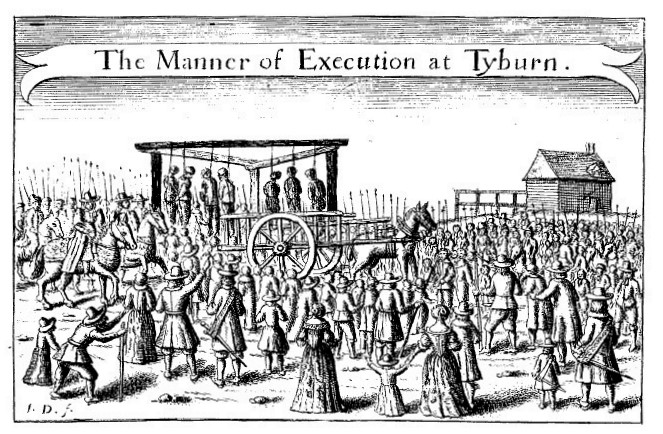
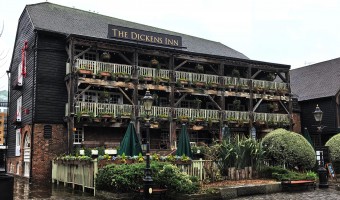
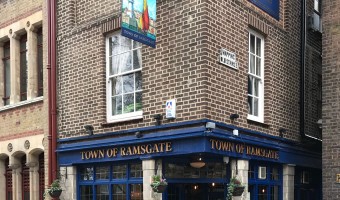
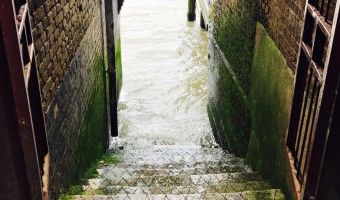
 Load more triptoids
Load more triptoids